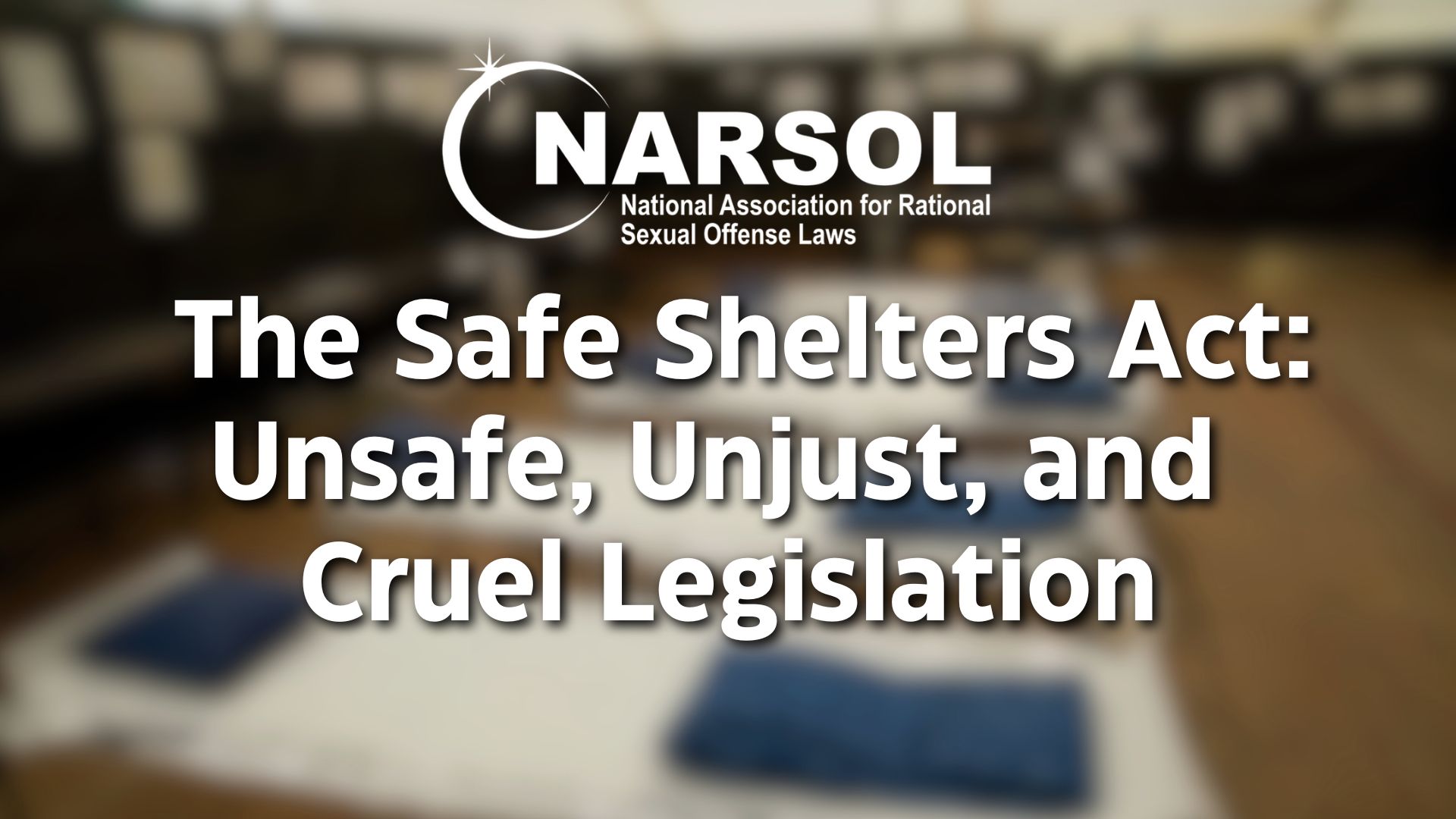NO kid — make that no ONE — belongs on a sex offense registry
By Lenore Skenazy . . . Both the boys admit they did it. Horsing around, two New Jersey 14-year-olds pulled down their pants and sat on the faces of two 12-year-old boys. As one of them later explained, “I thought it was funny and I was trying to get my friends to laugh.”
For that act, he and his buddy are on the sex offender registry for life. This was, after all, “sexual contact done for sexual gratification or to degrade or humiliate the victim.” The boys lost an appeal in 2011, with a three-judge panel writing that “although we are not unsympathetic to the arguments criticizing the application of the lifelong registration requirements…we are bound to uphold such application because that outcome is mandated by the Legislature.”
This is what our sex offender laws have done: Today, your child is more likely to end up on the registry than to be molested by someone on it.
The rationale for the list is one we can all appreciate: preventing sexual assault. The reality, however, is that this supposed crime-fighting tool is not doing the job.
“Only a tiny fraction of sex crimes against children are committed by people who are on the registry,” says George Mason University sociologist Roger Lancaster, author of 2011’s Sex Panic and the Punitive State. At this point, 40–50 studies have come to the same conclusion, he says: About 5 percent of people on the list go on to commit another crime, a far lower recidivism rate than almost any other class of criminals, including drug dealers, arsonists, and muggers.
“Available research indicates that sex offenders, and particularly people who commit sex offenses as children, are among the least likely to reoffend,” Human Rights Watch has found.
“Essentially, you’ve got this huge registry that’s sitting there without having the desired effect,” Lancaster says.But it’s not just ineffective at protecting kids—it’s filled with children itself.
What is the most common age at which people land on the registry? Most folks I put the question to think it’s about 39. But according to the U.S. Bureau of Justice Statistics, “The single age with the greatest number of offenders from the perspective of law enforcement was age 14.”
The reason is obvious when you think about it: Young people have sex with other young people. This is often illegal.
Sexual contact is not even required in a lot of cases. In state after state, the age of consent is 16 or 17—but sexting before the age of 18 is often a crime and sometimes even a felony.
Kids can end up branded for life simply for playing doctor. My Dallas friend Josh Gravens was placed on the registry at 12 after he was found to have inappropriately touched his sister. He spent three and a half years in a Texas juvenile detention center, where his group therapy leader demanded that inmates admit to the additional rapes they’d committed. Some, like Josh, didn’t have any other assaults to confess, but eventually, to satisfy the therapist, they would usually make something up. They’d then be forced to act their crimes out as part of the “treatment,” Gravens says.
With most offenses, someone who has paid his debt to society is encouraged to integrate back into the world. Those on the sex offender list may find that challenging. Registrants can’t live near a school, park, or playground. They must report to authorities anytime they get a new job, a new residence, or even a new hairstyle. They often must attend weekly therapy sessions. Sometimes they’re forced to undergo polygraph tests or “penile plethysmographs,” in which a gauge is attached to the penis to check for inappropriate arousal.
All these requirements are based on the “flawed but pervasive idea that those convicted of sex offenses became incurable and predatory monsters requiring—and deserving—lifetime punishment,” writes Emily Horowitz, a professor of sociology at St. Francis College and author of two books on this subject.
What would happen if the registry were to disappear? All other criminal laws would remain in place, including increased penalties for repeat offenses. Only the list, and the dehumanization it wreaks, would be gone.
“If my child was victimized, I’d want to kill a person,” Horowitz says. “But what if my child was a victimizer? I’d also want them to have a chance.”
Me too.


